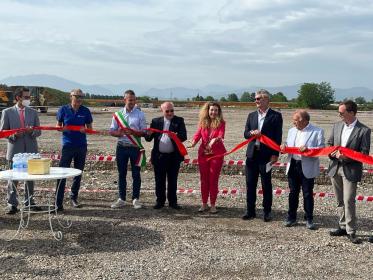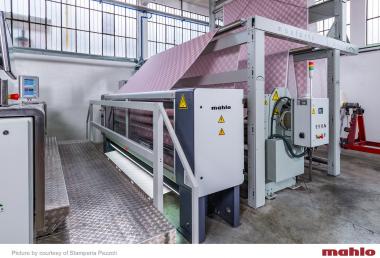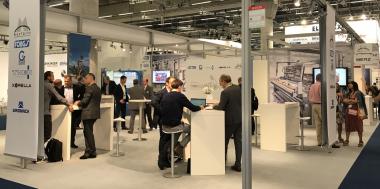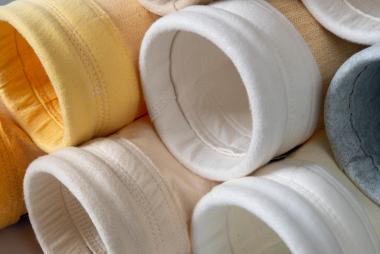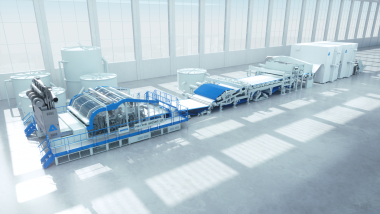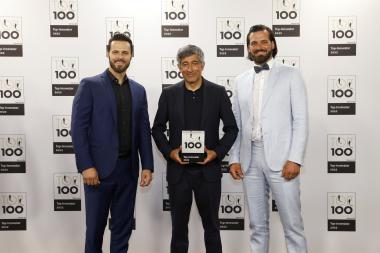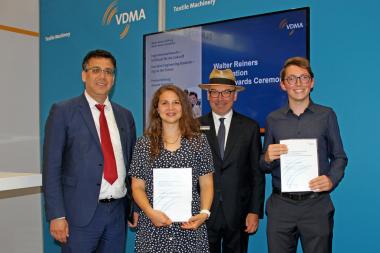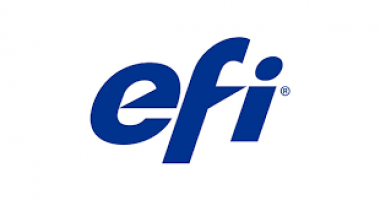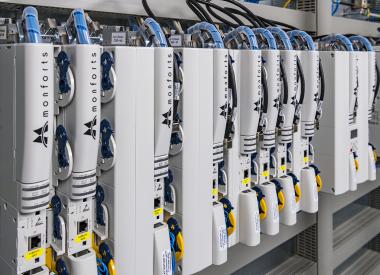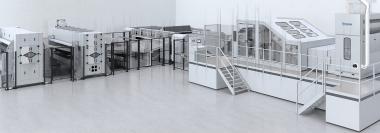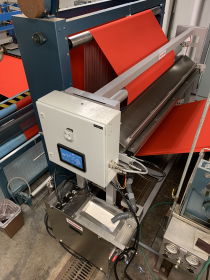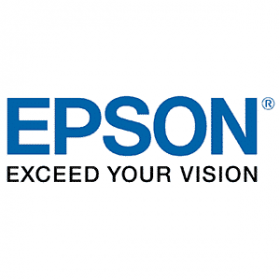EFI Reggiani: Grundsteinlegung für neuen Textilcampus
EFI™ Reggiani, der Unternehmensbereich für industriellen Textildruck des Drucktechnologieunternehmens Electronics For Imaging, Inc. (EFI), hat den Grundstein für einen neuen Textilcampus gelegt. Der neue 20.000 Quadratmeter große Campus im italienischen Comun Nuovo, Bergamo, soll bis Mitte des Jahres 2023 fertiggestellt sein.
Die neue Anlage wurde unter Berücksichtigung der ökologischen Nachhaltigkeit und des Wohlbefindens der Mitarbeiter entworfen: die Installation von 400 Kilowatt-Solarzellen ist geplant. Diese sollen 60 % des gesamten Energiebedarfs der Einrichtung decken. Zudem soll das Gebäude von einer umfassenden Isolierung profitieren, um Heiz- und Kühlkosten zu senken. Zahlreiche Oberlichter sorgen im Gebäude für eine bessere natürliche Beleuchtung und verringern so den Einsatz von künstlichem Licht. Bei der Planung wurde den Grünflächen auf dem Campus Priorität eingeräumt. Sie werden ca. 20 % der Gesamtfläche ausmachen.
Das 3.000 Quadratmeter große Democenter in der neuen Anlage ist fast doppelt so groß wie das derzeitige EFI Reggiani-Democenter im italienischen Grassobbio. Es dient als Hightech-Ausstellungsfläche für die EFI Reggiani Drucker sowie für die Produkte von Mezzera zur Vor- und Nachbehandlung und für Produkte von Jaeggli zur Garnbehandlung. Im Democenter wird auch das vor Kurzem von EFI Reggiani erworbene Portfolio von Inèdit Raster Image Processing (RIP)- und Workflow-Softwarelösungen vorgestellt werden.
EFI Reggiani


